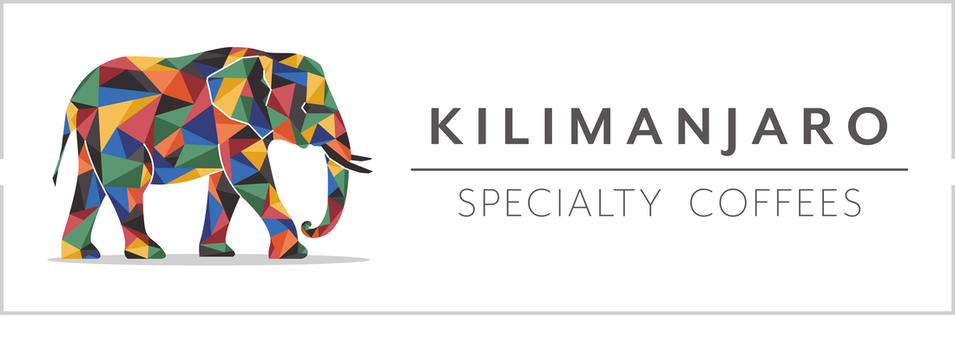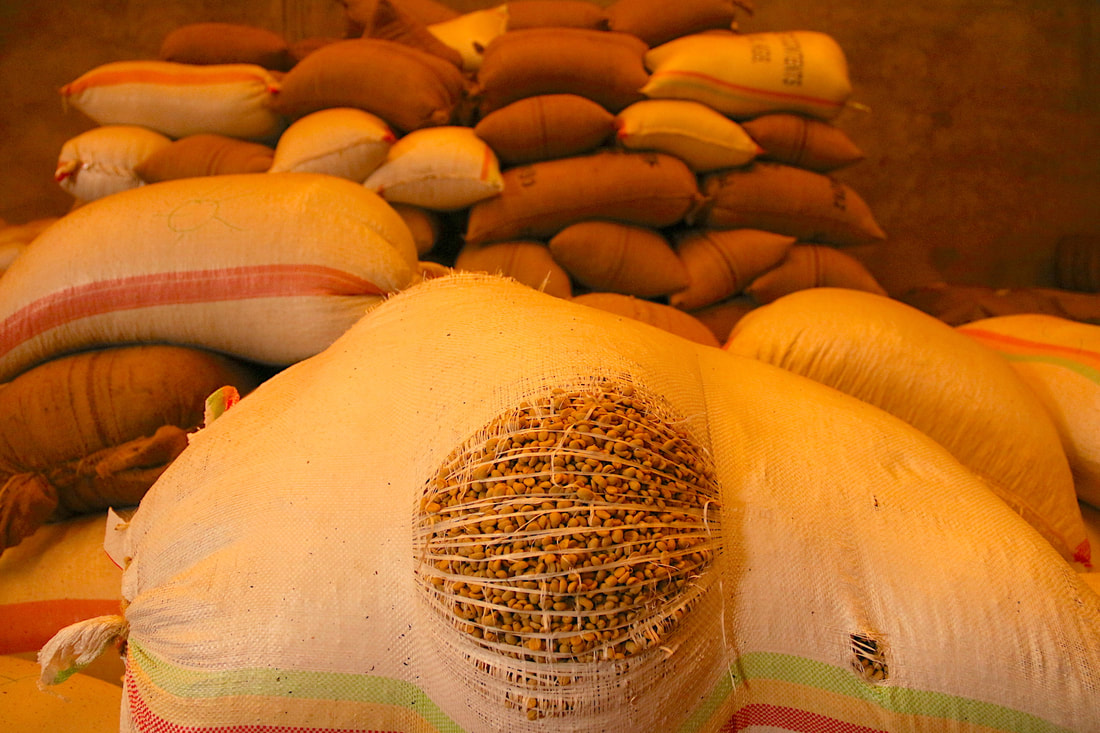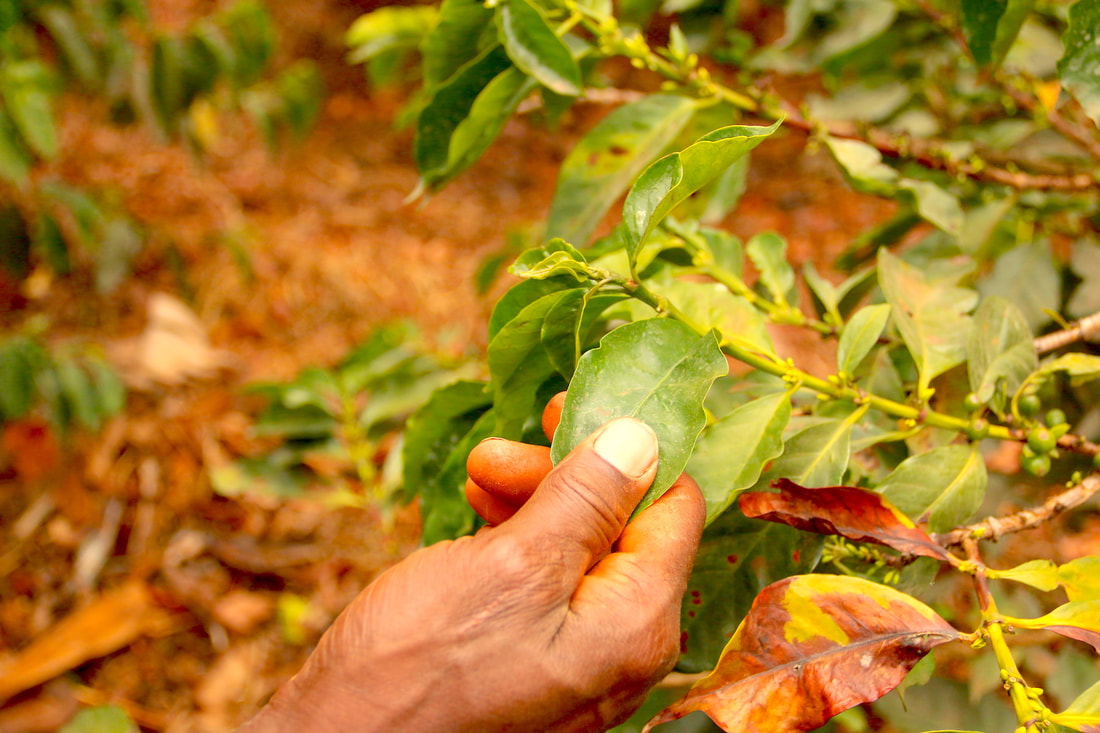|
Every coffee farm in the world, even the most reputable one, will produce good and bad quality beans. Therefore, separating the bigger, heavier and denser beans from those lighter and defective ones, is key to maximize the benefit of the farmer. In Kenya, after a certain lot has been processed, it will be delivered to the Marketing Agent (MA) in parchment by the farmer or cooperative. The MA will then mill and grade the lot by shape and size, and give this particular lot an unique "Outturn Number" (ON), before delivering it to the Nairobi Coffee Exchange. This ON system will be crucial to provide transparency and traceability to the system.
0 Comments
During the 1960s, to increase the food production around the world, and meet the demands of an extremely quick expanding population, it became imperative to change the methodologies of agriculture. These initiatives were called "The Green Revolution" and involved the use of high yielding varieties, higher fertilizers dosages, intensive and mono cropping, the development of highly toxic and life damaging pesticides, among others.
|
Archives
April 2024
Categories
All
|
- What We Do
- Que Hacemos
-
Origins
-
Orígenes
- Education
- Educación
- Contact
- Contacto
- Home Roaster Store
- Tienda del Home Roaster

|
Copyright © 2015-2024 | Kilimanjaro Specialty Coffees España S.L.U. All Rights Reserved.
|



 RSS Feed
RSS Feed